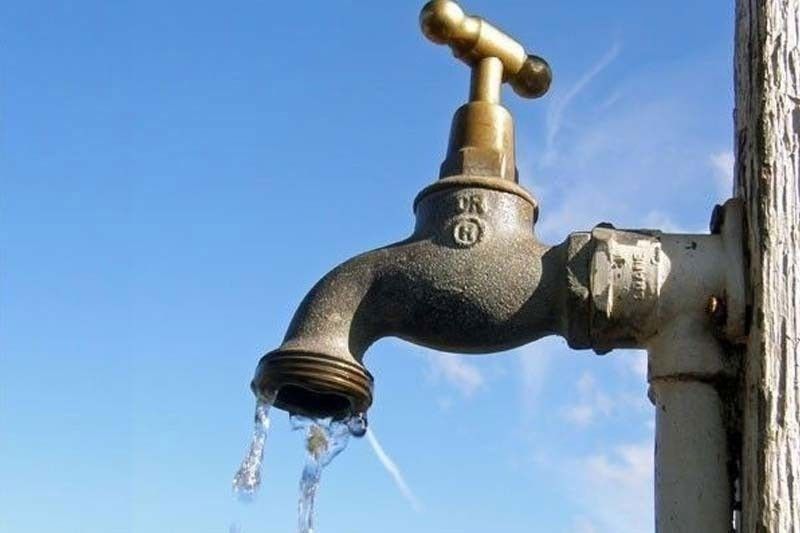The provincial government of Negros Occidental has launched a tender for a US$1.2 billion large-scale water supply project. This will be possible under a public-private partnership (PPP). In a statement, the PPP Center said the provincial government of Negros Occidental has issued a tender for the project. It will include financing, engineering, construction, operation and maintenance of a water supply system.
The provincial government of Negros stated that the tender is open to all interested parties. The parties will be subject to the qualification conditions in accordance with the tender documents. They include the PPP code for the population of the Province of Negros Occidental (P4), the PPP code of the Philippines and the Constitution and other applicable laws and case laws.
Proposed Construction Period Of Negros Large-scale Water Project.
The project, which is being implemented in a joint venture with the state government, covers a cooperation period of 38 years, including a three-year construction period. The aim of the project is to meet the growing water needs in the province. It will have a minimum capacity of 34.5 million liters per day and will be sourced from the Imbag and/or Malago rivers.
Continue reading Bahir Dar City Water Supply Project
Additionally, the system plans on supplying water in bulk to six water service providers in the province. Namely the cities of Silay, Talisay, Victorias and Bacolod, as well as the municipalities of Manapla and EB Magalona. The project is one of the priorities of the government’s seven-point development program.
The interested companies can purchase project tender documents for a non-refundable fee of P150.000. According to the schedule indicated in the project information notice, the pre-selection conference and individual meetings with the bidders will take place in February next year.
In the previous years, 43% of the Philippines had access to tier III private water service providers. Access to an improved water sources increased from 84% in 1990 to 92% in 2012. However, there is a significant gap between access to water in urban areas (61%) and rural areas (25%). Although overall spending remained low, the national government began increasing investments in sectors outside Metro Manila.

